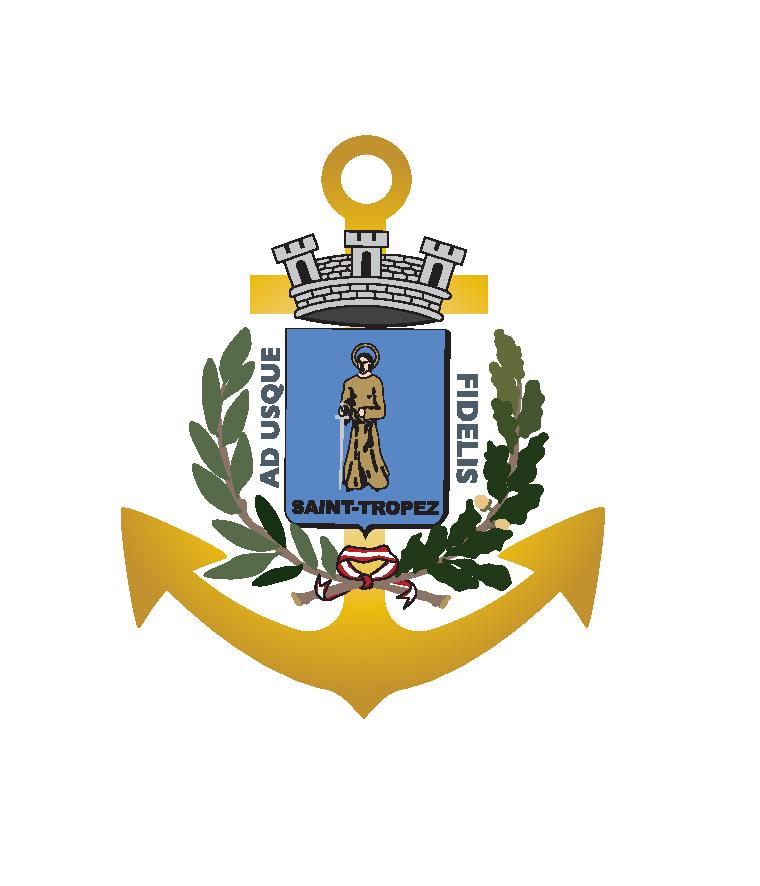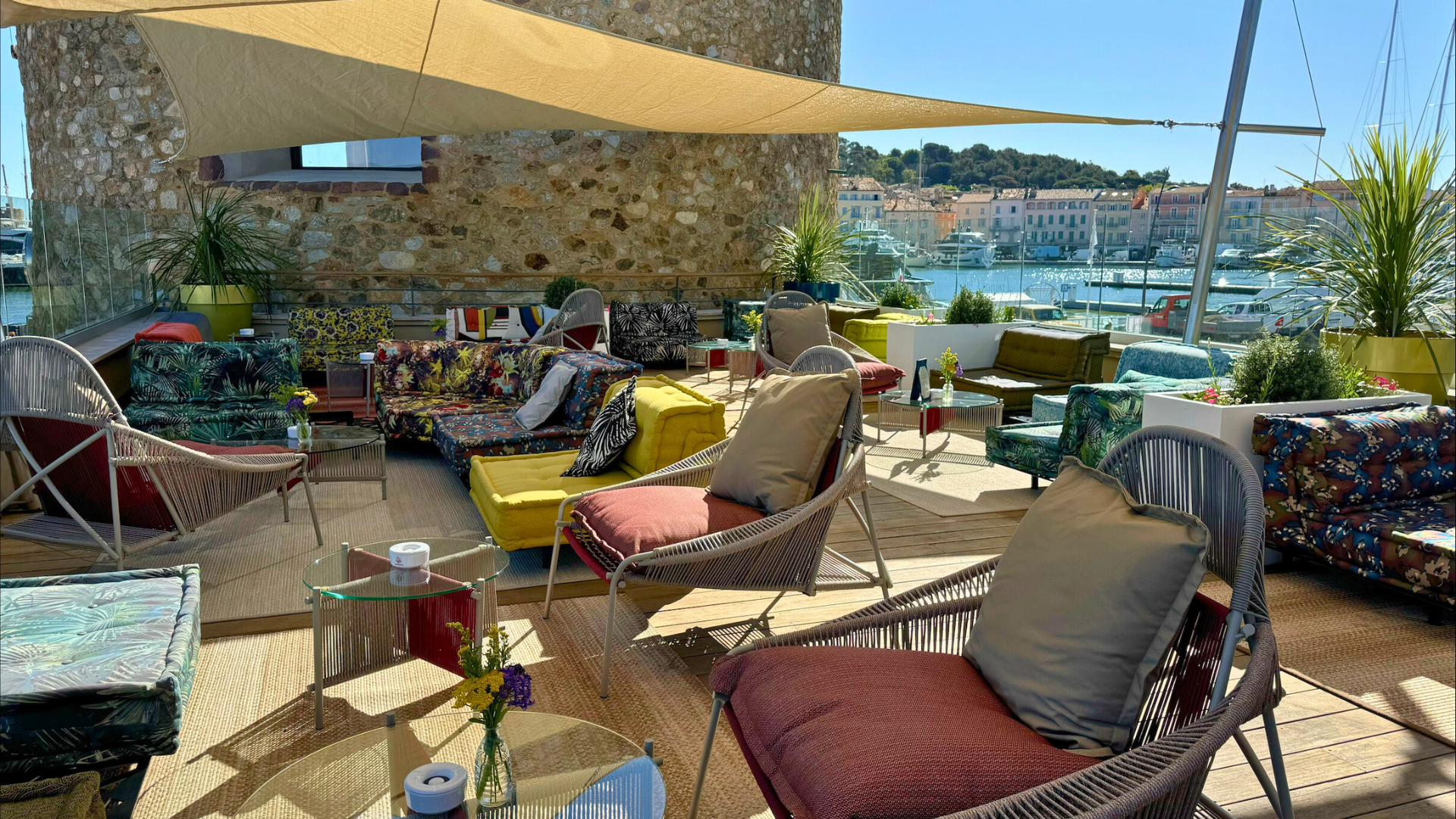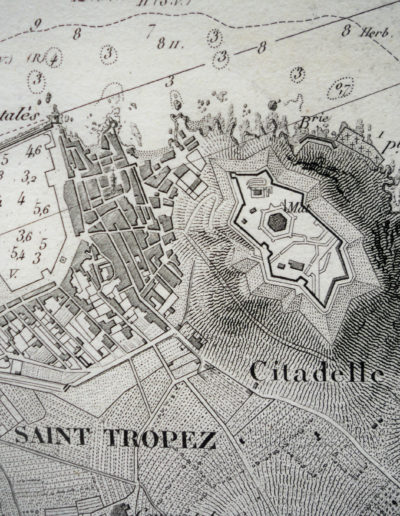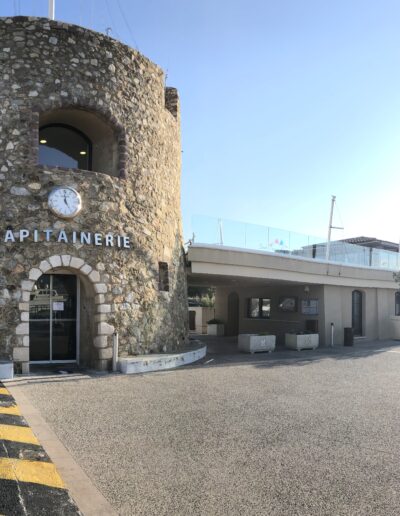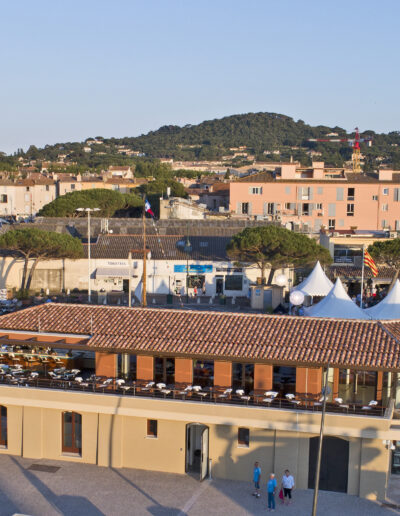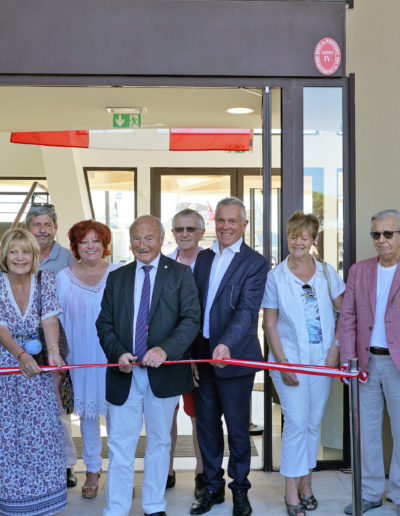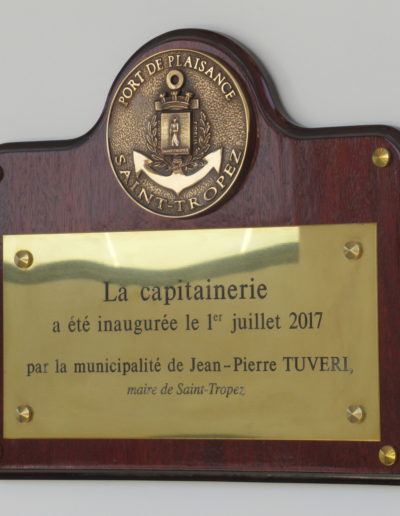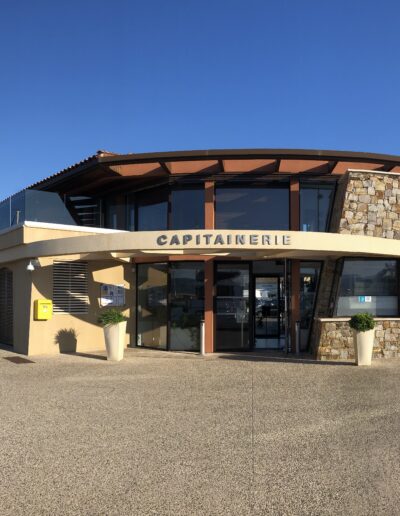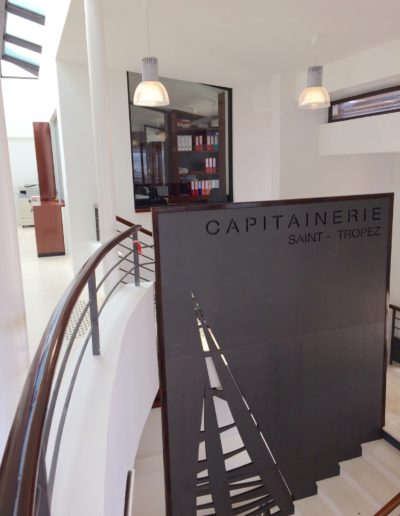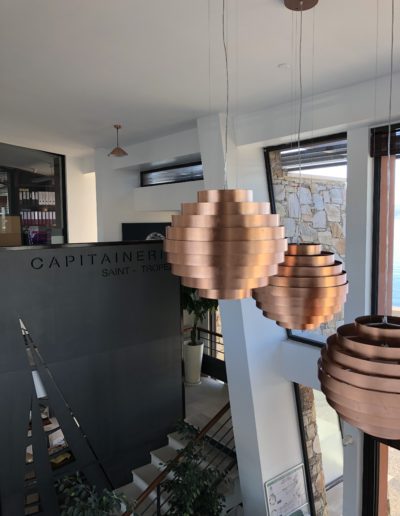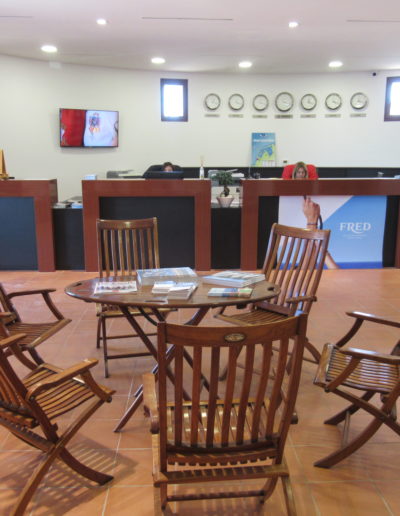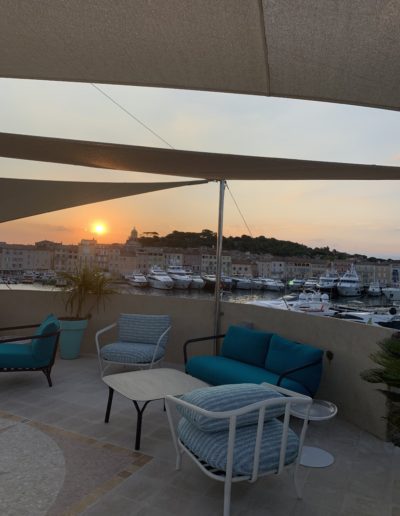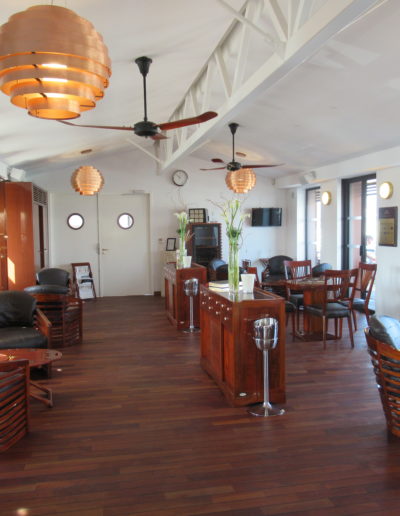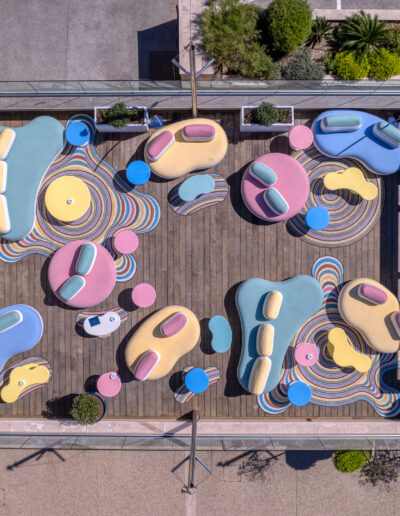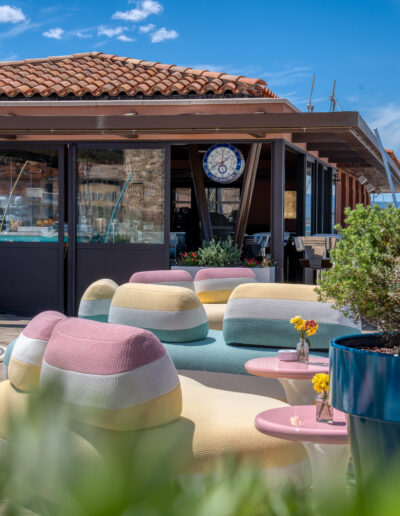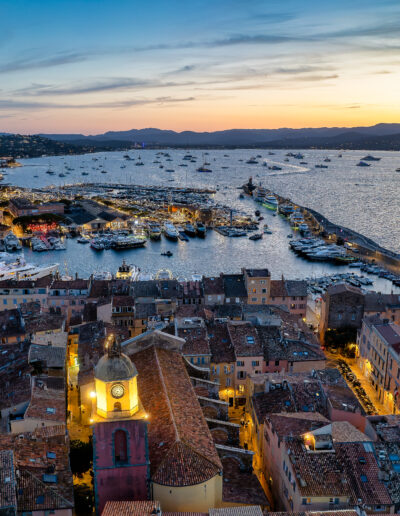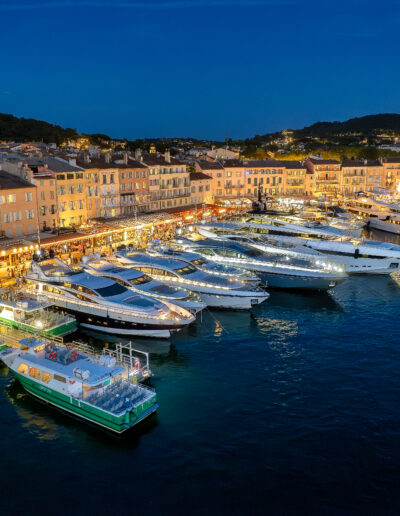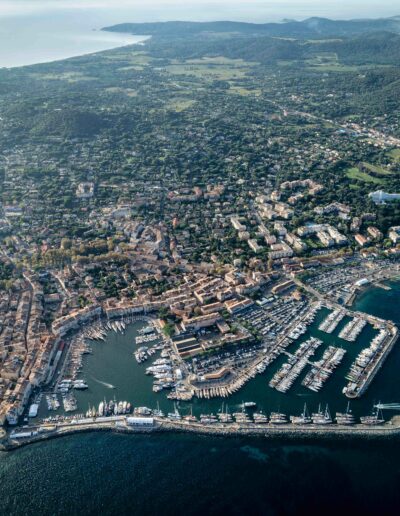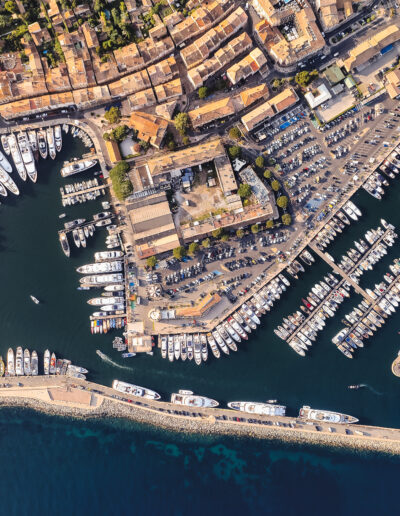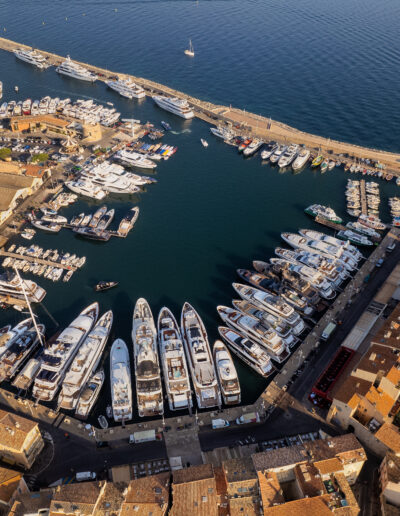PORT OF
SAINT-TROPEZDiscover the Port of Saint-Tropez
With a capacity of 729 berths spread over two basins covering an area of 9 hectares and a location in the heart of the village, the port of Saint-Tropez is one of the major ports of call in the Mediterranean, where innovation and quality of service make it one of the most renowned in the world.
An international business centre that is prized by the world’s greatest captains of industry, an incomparable centre of attraction and entertainment, a renowned events venue, a favourite destination for cruise lines and a major source of economic impact, the Saint-Tropez port hostelry has managed to preserve its social and cultural diversity.
Every day, forty people are responsible for welcoming customers afloat and ashore, operating the berths, ensuring the safety of people and property, financial, legal and administrative management, environmental protection and the cleanliness of the port area, as well as the technical maintenance of the port, its equipment and tools.
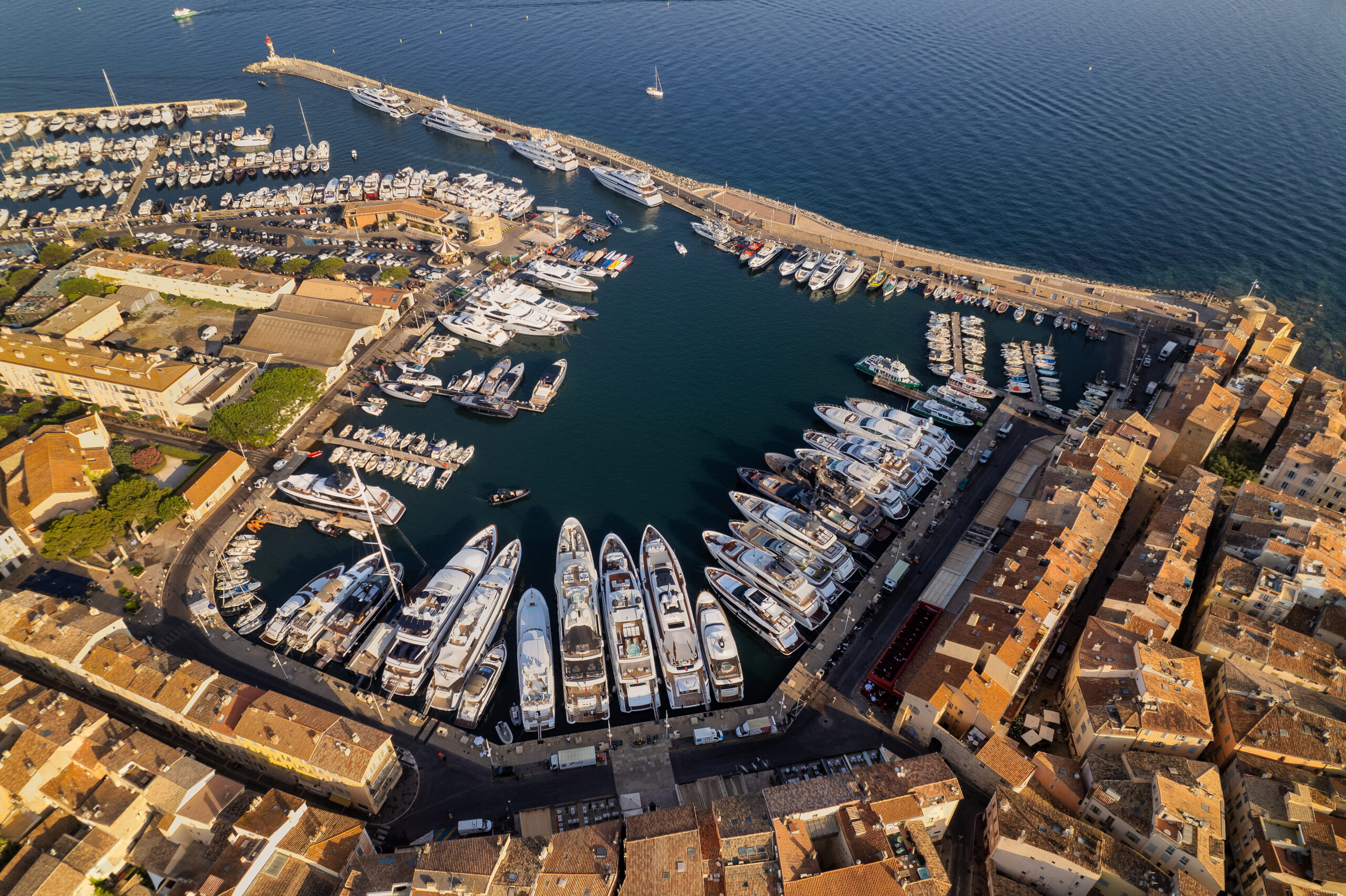
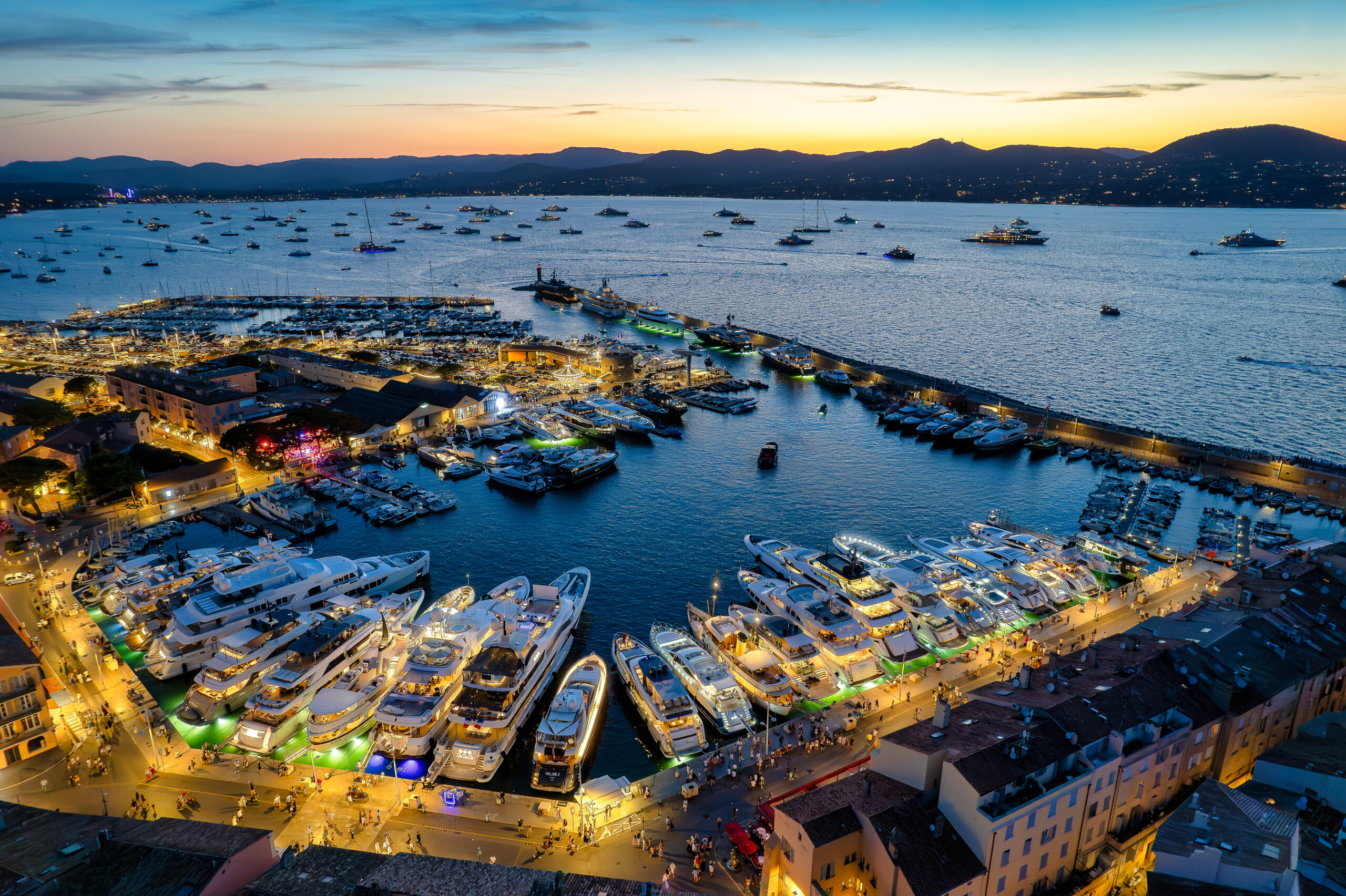
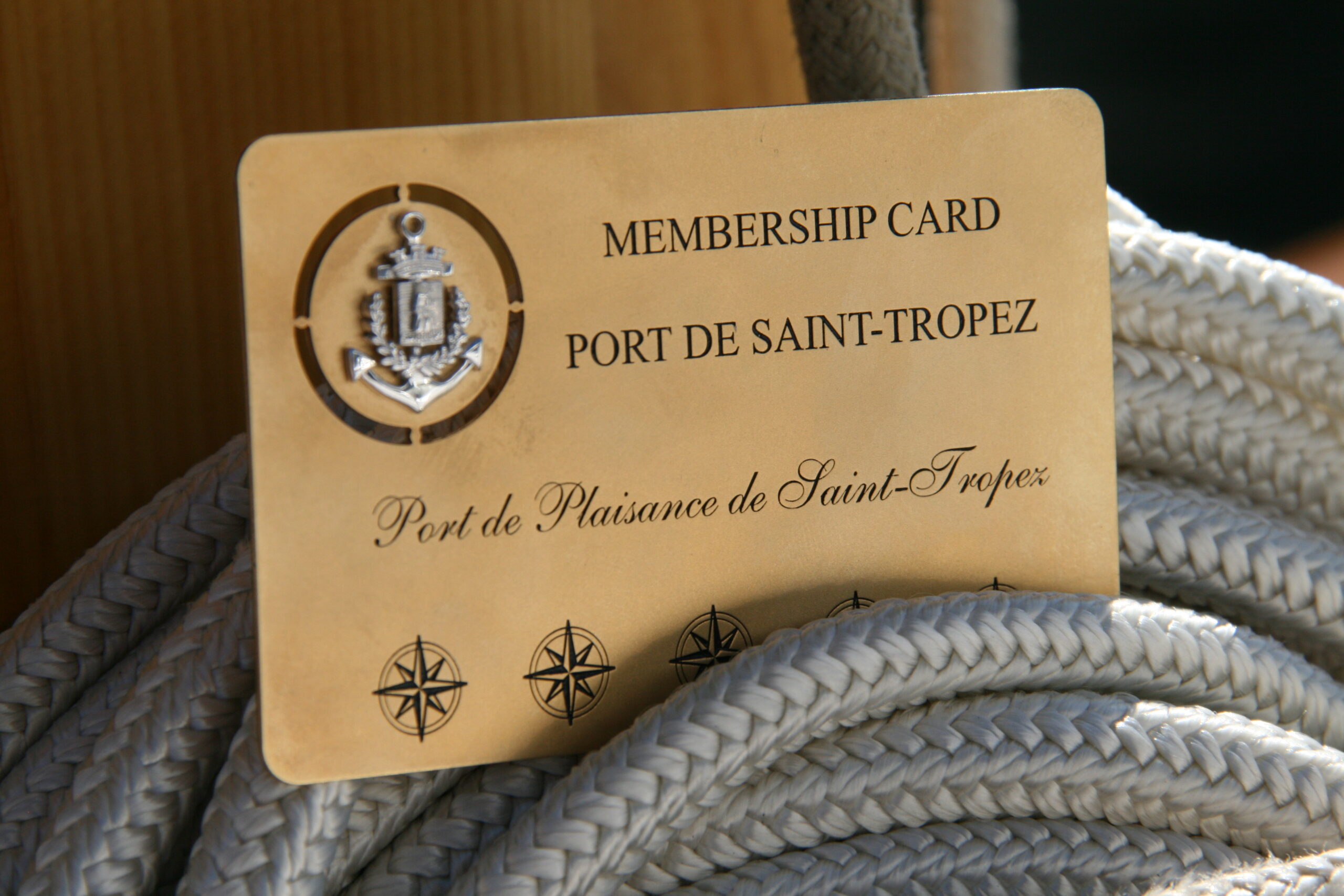
VIP Card
You are welcome to join the circle of our most regular well-known customers. Since 1999, Saint-Tropez Harbour has been offering a VIP Card which gives holders access to a number of useful services:
Benefits of the VIP Card
- Opportunity to book more days in July and August upon availability
- Register at any moment for the waiting list
- Credit for 5 diver’s interventions
- Access to the Saint-Tropez Lounge Club in the new Harbour Master’s Office
- 2 Access to the car parks in the Nouveau Port
- Free parking on the esplanade of the Harbour Master’s Office (depending on availability)
The VIP card is expertly crafted by a local jeweler, combining elegance and exceptional craftsmanship. It is engraved with the name of the boat or the shipowner.
Contact us for more information.
HISTORY
heart of the city
The history of the port of Saint-Tropez makes it the heart of the city. Over the centuries, its reputation in the French Mediterranean has dominated several areas: a fishing port, a trading port and then a marina.
It was in 1470, under the governance of Raphaël de Garezzio, that the perpetual link between Saint-Tropez, the sea and its port took shape. The freshwater cove at the foot of the town became the port where fishermen and coasters moored their boats. Over the following centuries, the port underwent a number of developments that have made it the mythical port it is today.
The town grew up around the port, which became the centre of the village’s economic activity. Here you can see the comings and goings of the fishing boats and tartanes that export the town’s produce. It was this dynamism that made Saint-Tropez such a benchmark in its field. Between 1791 and 1914, many locals and foreigners apprenticed at the town’s hydrography school. The achievements of the people of Saint-Tropez began to make their mark as sailors and captains sailed the world’s oceans, making their mark on history. By the end of the 18th century, Saint-Tropez had the third largest fleet in the French Mediterranean (in terms of ships and men) after Marseille and La Ciotat. At around the same time, Saint-Tropez saw the emergence of shipyards (Bori, Anrigou and Sevoule) that built some of the largest sailing ships in the world, including the Luminy in 1836 and the three-masted Reine des Anges in 1860, which was destined for the merchant navy.
The development of the port has evolved over time, but the port as we know it today has its own past:
– The old port: It was in 1965 that the main basin of the port was named ‘the old port’, the hub of the city’s maritime activities for 5 centuries. Having suffered damage during the Second World War, the port was already a listed site, which allowed it to be rebuilt identically and the new basin to be created.
– Le môle du Portalet: Built towards the end of the 15th century, it has undergone a number of changes over the years, including being lengthened and the lighthouse tower being modified several times.
– Bassin Jean Lescudier: Saint-Tropez was developing and the port needed to continue this trend. It was Mayor Louis Fabre, in 1963, who put the harbour extension project to the vote, but it was under the municipality of Jean Lescudier that the project got underway in 1965. It was then that a new basin of nearly 5 hectares was built, capable of accommodating vessels of up to 21 metres. It wasn’t until 2009 that the basin was officially named ‘Bassin Jean Lescudier’.
– The Tour Saint-Elme: built in 1637 to protect the entrance to the port, it is identical to the Tour du Portalet. It has housed the harbourmaster’s offices since 1991. Following the renovation and extension of the Harbour Master’s Office in 2015, it became the reception office for yachtsmen only during the high season.
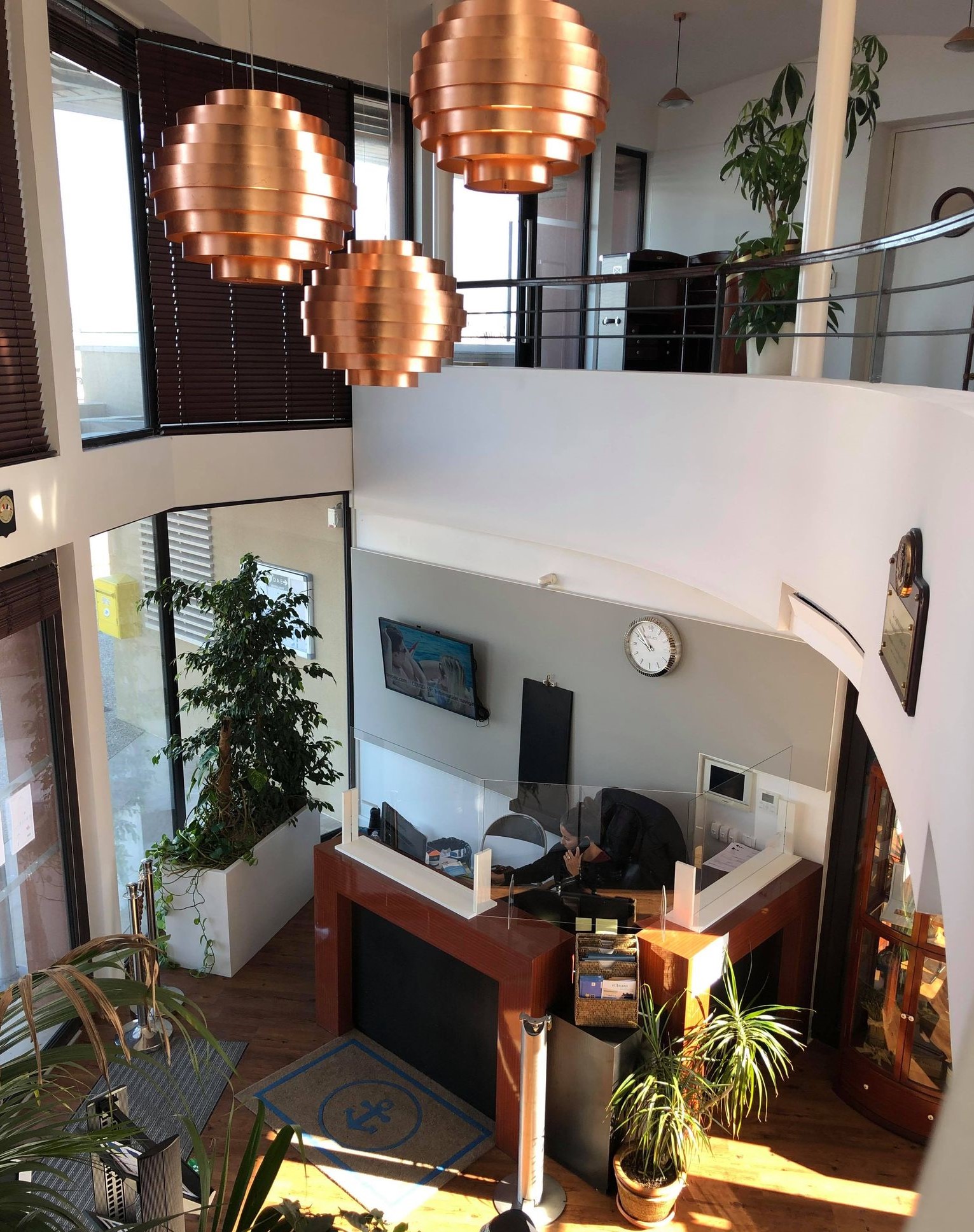
THE HARBOUR MASTER’S OFFICE
From 2010 onwards, the municipality of Jean-Pierre Tuveri and the Port Director, Jean-François Tourret, have ambitious plans. Upgrading the port is on the agenda. The principle is simple: the harbour master’s office must be up to scratch for its customers and users; customer satisfaction and top-of-the-range service are the priority.
The development projects begin with an analysis of the harbour infrastructures in the 2 basins. A series of maintenance and inspection works are carried out each year to ensure that the port operates smoothly. Between 2011 and 2012, the first works were carried out to remedy the scouring at the foot of the quays: the installation of reinforced concrete walls on the bottom and the replacement of the pontoons on the Mistral and Peri quays.
In 2015, one of the flagship projects was launched: the renovation of the harbourmaster’s office. The renovation will cover an area of almost 650m2. The aim is to improve the port’s performance and give its customers the space and services they expect from a 5-star port. The new harbour office will showcase the very essence of what Saint-Tropez has to offer: a blend of tradition and modernity with luxury and authenticity.
The new building appears, trompe l’œil, to be an extension of the tower. The interior spaces of the tower have been redesigned for the public and customers, with the reception area enlarged and a Business area created on the 1st floor. This space houses a functional meeting room while respecting the specific architectural features of the tower and its exceptional view over the port.
At the same time, the new building has been given a more sober and streamlined modern architecture to welcome port employees in a more serene environment. On the 1st floor is the jewel of the port: the Saint-Tropez Lounge Club. A space that meets the expectations of our customers. This exclusive club, with its idyllic setting, brings together the port’s loyal community and those who love the sea.
In this spirit and in keeping with its history, the port is ahead of its time, particularly in terms of ecology. As part of the Ports Propres initiative, the port invests every year in new facilities and equipment to limit the impact on the environment. As part of this approach, services and information points are set up to raise awareness among yachtsmen and encourage eco-responsible habits.
In 2021, Tony Oller took up his post as Director, bringing a new lease of life to the harbour master’s office. The course has been maintained: the port must offer the best possible conditions to its yachtsmen. Particular attention was paid to the harbour facilities, but also to the team’s working tools.
In March 2025, Pascal Bonnet took over the helm and put his expertise at the service of our future. A new phase begins!
Ref Eric Vieux, Jean-Michel Pannacci, Fiona Sauze and Laurent Pavlidis Doctor of History, Head of the Citadelle Maritime History Museum and the Heritage Association.
